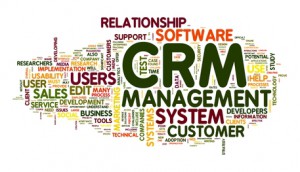processes
Embracing Change through Constant Learning

Last week in class, we discussed disruptive innovation at length, and we concluded that a key to surviving disruption is to quickly identify and respond to it. Companies that fail at either of these tasks may lose considerable market share, cash, talent, and value in the eyes of investor.
Because of our discussion, I became interested in identifying how a company can continually improve its business models to stay relevant in dynamic markets. My interest resulted in an internet search, and that search led me to an article on Bain & Company’s website entitled Repeatability: How companies create enduring businesses in a world of constant change. The article identifies a number of key principles that successful and enduring companies have in common—principles which result in what the authors call a “repeatable model” than embraces all aspects of change.
The principle that I found most interesting to examine was principle three of three: systems for closed-loop learning. These learning systems are driven by employee and customer input and are (I assert) representative of a Kaizen approach to process improvement. For a business model to be “repeatable,” it must not only encourage regular and proactive small-scale innovations, but also “develop early-warning devices that allow them to anticipate fundamental change in the marketplace.” I think that this latter point helps mitigate the need for forced, reactive changes to a company’s business model.
With the principle of closed-loop learning systems in mind, how might a start-up’s method of anticipating fundamental changes differ from a large corporation’s? What are the benefits of having a dedicated “office of restructuring” versus a distributed approach to innovation and threat identification? Why is employee empowerment important to a company’s culture of innovation?
3 Ways CRM Improves Your Business Processes
According to CIO.com, the three ways CRM improves business processes are:
- The CRM System As a Smart File Cabinet – CRM systems make sure everyone in the organization is aware of the customer’s relationship history. The customer’s information is collected and organized.
- The CRM System for Collaboration and Coordination – CRM enables collaboration and coordination among various departments, which leads to better account management.
- The CRM System as Task Master and Process Drive – CRM adds tighter linkage with other systems and business processes, which increases the business’s efficiency.
What are the advantages of knowing the customer’s relationship history? What are the disadvantages?


